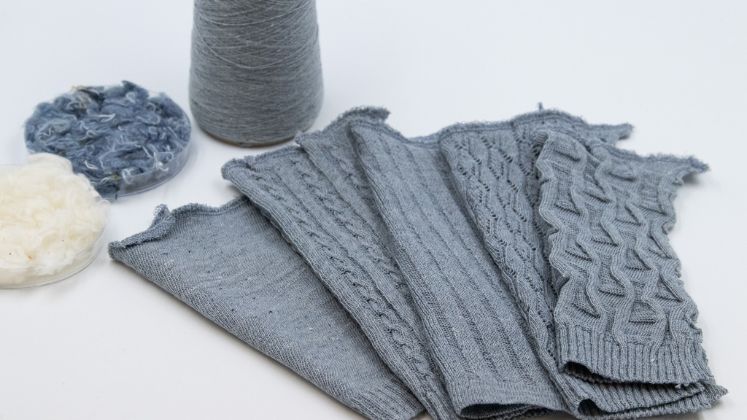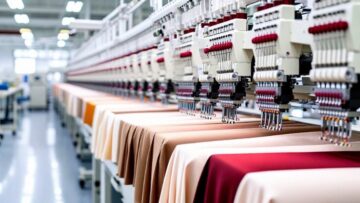
A Finnish research project has found that textile recycling represents a major opportunity for Europe. While recycling technology is developing quickly, a lack of regulation and the complex composition of waste materials are slowing wider adoption.
In Europe alone, around 10 billion kilograms of textile waste are discarded each year. With textile fibre valued between 2 and 3 euros per kilogram, researchers at VTT Technical Research Centre of Finland believe the field holds enormous business potential.
VTT Research Professor Ali Harlin has noted that the main challenges stem from the complexity of raw materials and insufficient regulation. The EU is working on a revision of the Waste Framework Directive, which will introduce Extended Producer Responsibility (EPR), placing the responsibility for recycling directly on textile companies.
Finland’s Telaketju network of textile companies and research institutions has been studying recycling for a decade. The recently concluded Telavalue project sought to address the sustainability and waste issues of the textile industry. According to VTT Principal Scientist Pirjo Heikkilä, recycling should always follow the principle of minimal processing. If textiles cannot be repaired or reused, the preferred option is mechanical fibre recycling, where textile waste is shredded into reusable fibres. When waste is heavily worn or of poor quality, chemical recycling is considered more viable, as fibres can be broken down and rebuilt at the polymer or monomer level.
Harlin has also pointed out that greater recycling could restore parts of textile production to Europe. Technology development is strongest in Northern and Western Europe, while manufacturing expertise lies largely in Eastern and Southern regions.
Cotton recycling is now possible, with Finnish company Infinited Fiber Company preparing to build a new fibre plant in Kemi. Advances are also being made in separating cotton and polyester, with chemical methods from PET bottle recycling offering potential applications in pure polyester recycling.
The growth of ultra-fast fashion poses difficulties for recycling, as low-quality and blended fabrics are often unprofitable to process. The workwear sector, however, is in a stronger position. Because workwear is often purchased as a service, garments are designed with durability and maintenance in mind. This model supports longer use, higher quality, and better recyclability since material composition is well documented.
VTT Senior Scientist Eetta Saarimäki has added that not all complex textile blends can return to textile production. Through thermo-mechanical recycling, however, such materials can still find new use in composite products, extending their lifecycle once more.






